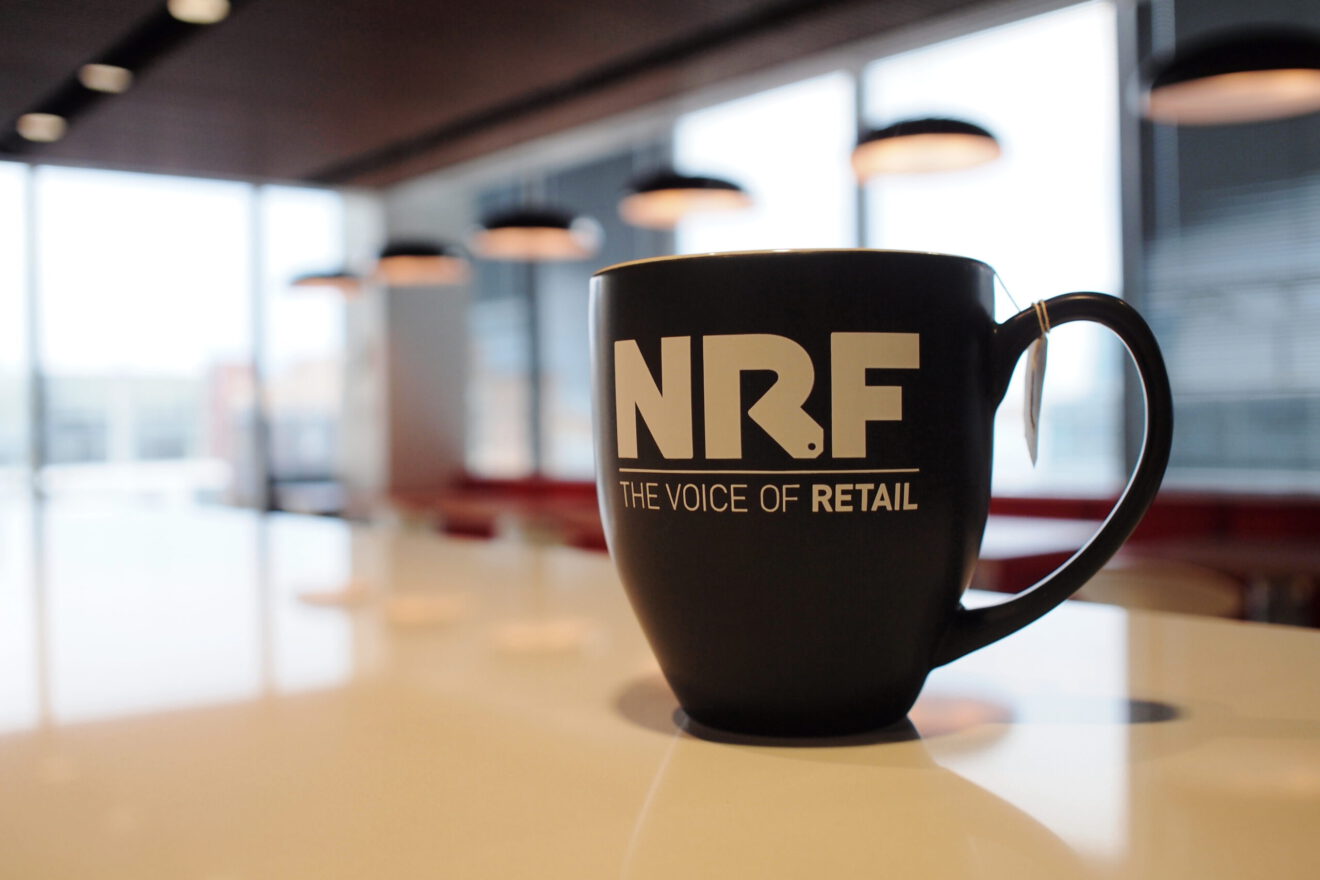In this partner case study Q&A, SmartBrief talked to the National Retail Federation’s Sarah Rand, vice president of digital communications, and Jessica Hibbard, director of online content and communications, about the value of original content creation and the strategies and challenges of creating and distributing content that effectively reaches and engages their members and the larger retail industry.
NRF has put a significant emphasis in recent years on content creation and digital marketing. What were some of the factors that played into this development and where do you feel you’ve seen the greatest success?
SR: Storytelling is an age-old tactic and a great a way to break through and make your case. In recent years, thanks to support from our leadership team, we’ve had more resources dedicated to it. We weren’t sure what to expect during our first forays into storytelling. We held a contest almost five years ago soliciting user-generated videos about personal experiences in retail. Not only did the contest and resulting videos get a lot of attention, but we’ve built some long-lasting relationships with amazing retail advocates. Today we create articles, SlideShares, reports, videos and graphics that tell the stories of people in retail, and we continue to measure and see success both in reach (our This is Retail campaign videos have been viewed hundreds of thousands of times) and personal touches (those “retail advocates” have gone on to tell their stories directly to members of Congress).
What does your current strategy look like for creating and distributing digital content that is relevant to your members as well as the larger retail industry?
JH: Relevancy to our members and the industry is the baseline for evaluating our content’s success. We measure relevancy and resonance in a lot of ways, but our go-to metric is the share rate (views divided by social shares). That helps us figure out what our audience finds valuable enough to share with their peers online, and also helps us figure out what types of content we should be producing in the future. We’re constantly testing everything, from the length of our association news items in SmartBrief — 50-60 words is better than 60-70 words — to new platforms like Medium. We try to learn something from every experiment and optimize content so every piece we produce goes further than the one before.
What types of content and technology have you found to be successful in reaching different audience segments?
JH: Articles on Medium have helped us reach new audiences, especially people with tech roles inside and outside of retail. LinkedIn has been useful for executive positioning and brand awareness. (It’s also one of the top places where people share our website’s content with industry peers.) Short-form, “snackable” content plays well with general audiences on Instagram and Twitter. And Twitter has also been a good place to engage with retailers and D.C. influencers around live events like political debates, State of the Union and our own industry conferences.
What have been some of your greatest organizational challenges with digital marketing and content creation?
SR: Resources will always be a challenge. Content and marketing is the easiest budget to cut because it looks flexible and scalable. So we have to define and demonstrate ROI on a regular basis and we have to make sure that everyone understands the language of content and marketing ROI. (That means knowing what “share rate” is going to mean to a CFO looking at our video production budget and what video completion rate is going to mean to our grassroots team.) Competing priorities can also be challenging. There’s demand to produce content for our events, membership, research and advocacy issues, and we can’t invest equally in everything.
What are your goals for advancing your digital content strategy in the future?
JH: We never have an empty to-do list when it comes to digital content. We’re in the discovery phase of a website “refresh” with the goal of improving usability and engagement. We’re also constantly looking for new ways to distribute content and engage more deeply with our audiences. Since we’re a relatively small team with big ambitions, we’re always trying to figure out the right pace — how much content do we have to publish to keep increasing views? Where can we scale back to make room for new, interesting experiments that play to our strengths?
What are your goals for advancing your marketing strategy in the future?
SR: Our goals all revolve around audiences — finding and building new ones while retaining and engaging established ones. Keeping those as our overarching goals allows us to identify what marketing works well and makes the biggest impact.
How does SmartBrief play into your strategies?
JH: SmartBrief continues to be a top referrer to our website, and we rely on all five editions to communicate with our most engaged audiences. No matter what our goal might be — promoting a conference, helping young professionals get ahead in their careers or activating our members on a policy issue — we can find a way to incorporate SmartBrief into our strategies. We also use the partner dashboard to better understand audience preferences, because it’s a quick way to see what content and headlines perform well.
SR: Our members always rate SmartBrief as their most valued communication. They see SmartBrief every day of the week, more than they typically visit our website. So it’s our way to make sure that we have a frequent touch point with our membership, while providing them value.
